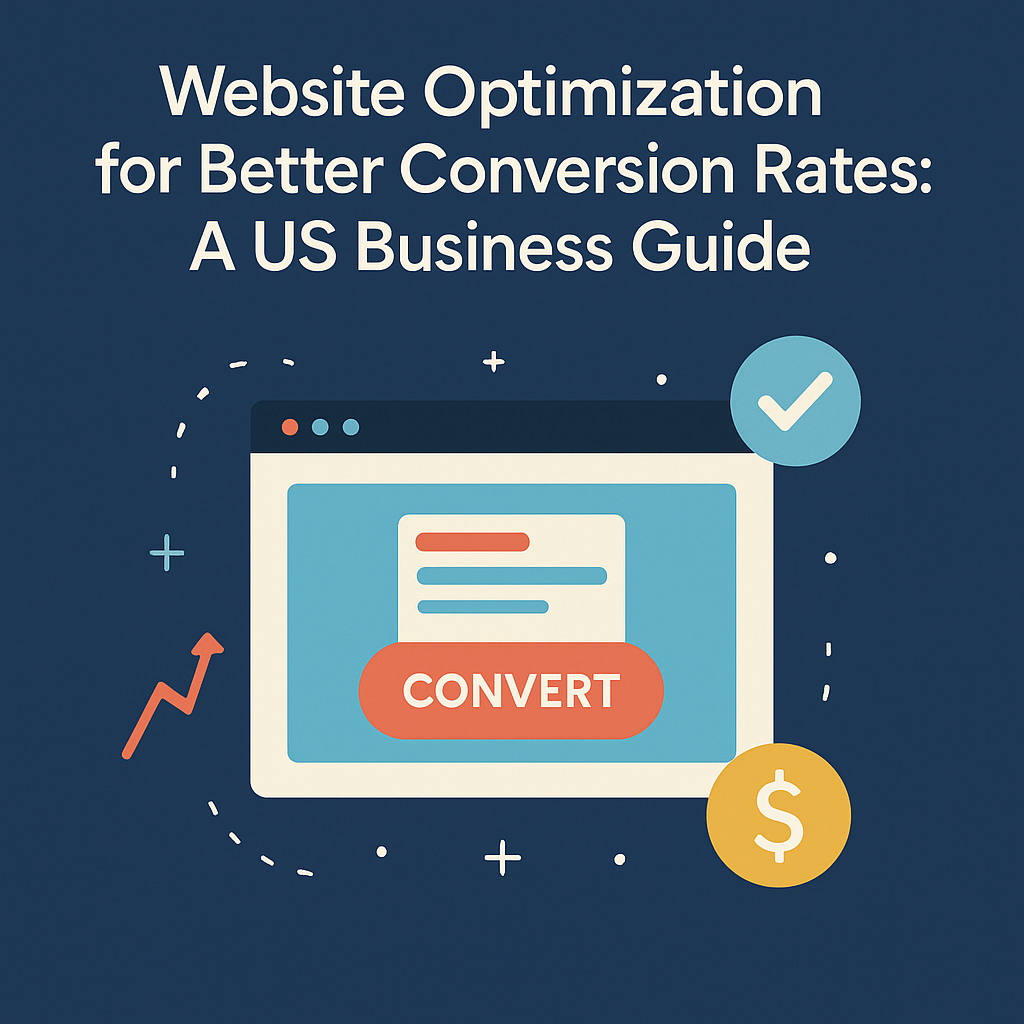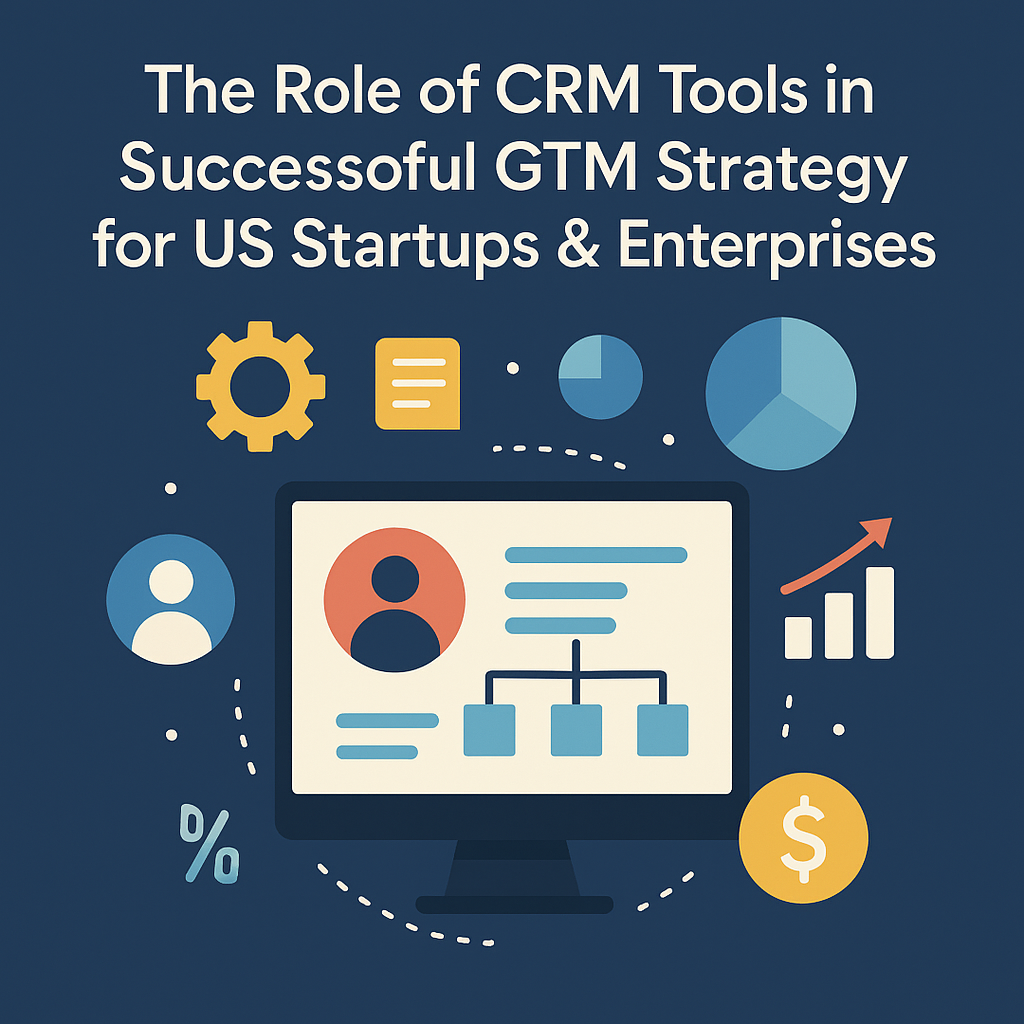- May 31, 2025
- 0 Comments
1. Conduct Detailed Audience Analysis
Effective optimization begins with a clear understanding of your audience. Tools like Google Analytics, surveys, heat maps, and user testing can help gather critical insights into demographics, behaviors, and user preferences. Tailoring your website based on this information significantly boosts user engagement and conversions.
2. Optimize Website Speed
Website speed directly influences user satisfaction and search engine rankings. Studies indicate that visitors abandon sites taking longer than three seconds to load. Tools like Google’s PageSpeed Insights or GTmetrix can diagnose speed issues, guiding optimization efforts such as image compression, leveraging browser caching, minifying CSS and JavaScript, and optimizing server performance.
3. Enhance Mobile Responsiveness
With mobile devices dominating web traffic in the US, responsive design is essential. Your website should provide a seamless browsing experience across all devices. Google’s Mobile-Friendly Test tool helps identify areas needing optimization to improve usability, accessibility, and search rankings.
4. Improve Website Navigation
Clear, intuitive navigation significantly impacts user experience. Streamline your menu structures, include breadcrumb trails, and strategically interlink relevant pages. An organized, easy-to-navigate site retains visitors longer and encourages them to explore deeper, enhancing the likelihood of conversion.
5. Prioritize Visual and Content Readability
Professional visual appeal and easy readability can dramatically enhance conversion rates. Use clean, aesthetically pleasing designs, engaging images, videos, and infographics. Organize content with headings, subheadings, bullet points, short paragraphs, and ample white space to enhance user comfort and readability.
6. Craft Powerful Calls-to-Action (CTAs)
Compelling CTAs guide users clearly toward conversion. Use persuasive language, action-oriented verbs, and strategically placed buttons. Experiment extensively with different CTA styles, colors, texts, and positions through A/B testing to find the most effective variations for your audience.
7. Incorporate Trust Signals
Building trust is crucial for conversions. Display trust indicators such as customer reviews, testimonials, client logos, security badges, privacy assurances, industry certifications, and guarantees. Transparency and credibility significantly influence user confidence, driving higher conversion rates.
8. Content Optimization for SEO and Engagement
Quality, SEO-optimized content attracts targeted traffic and engages visitors effectively. Incorporate relevant keywords strategically, create detailed, informative articles, how-to guides, FAQs, and blogs. Providing valuable, relevant content helps visitors solve problems, answers queries, and positions your brand as an authority, significantly improving conversion potential.
9. Landing Page Optimization
Effective landing pages are designed explicitly for conversions. Keep messaging clear, concise, and focused on a single goal. Remove distractions, simplify forms, and highlight key benefits prominently. Continuously test different headlines, images, forms, and structures to identify high-performing landing pages.
10. Behavioral Analytics Implementation
Using behavioral analytics like heatmaps, click tracking, session recordings, and funnel analysis provides deep insights into visitor behavior. Tools such as Crazy Egg, Hotjar, or FullStory allow you to pinpoint user interactions and friction points, informing precise optimization strategies to enhance conversions.
11. Utilize Chatbots and Live Chat
Integrating chatbots or live chat services improves user engagement and customer support responsiveness. Instant communication helps address visitor queries promptly, increases satisfaction, and significantly boosts conversion opportunities by reducing abandonment and facilitating smoother transactions.
12. Implement Personalization Strategies
Personalized content resonates more strongly with users. Use data-driven personalization tactics to customize user experiences based on previous behaviors, preferences, and location. Personalized recommendations, tailored messaging, and relevant content significantly boost user engagement and conversions.
13. Effective Email Marketing Integration
Strategically integrating email marketing with your website helps nurture leads and encourages repeat visits. Offer incentives for newsletter subscriptions, create compelling follow-up sequences, and regularly engage your email subscribers with personalized content and exclusive offers, significantly enhancing conversion potential.
14. Security and Compliance Enhancements
Secure websites inspire user trust. Regularly update security protocols, ensure HTTPS encryption, clearly state privacy policies, and demonstrate compliance with data protection regulations such as GDPR and CCPA. A secure environment significantly reduces user hesitation, boosting conversion rates.
Measuring and Improving Optimization Efforts
Consistent tracking and measurement using analytics platforms like Google Analytics is essential for successful CRO. Monitor key metrics such as bounce rates, session duration, goal completions, and user flow patterns. Analyze performance data regularly to refine your optimization strategies continuously.
Continuous Optimization for Sustained Success
Website optimization requires ongoing efforts and adaptation to evolving user behaviors and technology trends. Regular testing, updating strategies based on analytic insights, and keeping abreast of industry best practices ensures your website remains optimized for high conversion rates.
Final Thoughts
Effective website optimization for better conversion rates demands meticulous attention, continuous effort, and informed decision-making. By systematically implementing these detailed strategies, US businesses can significantly enhance user experiences, achieve higher conversions, and drive sustainable growth and profitability.




